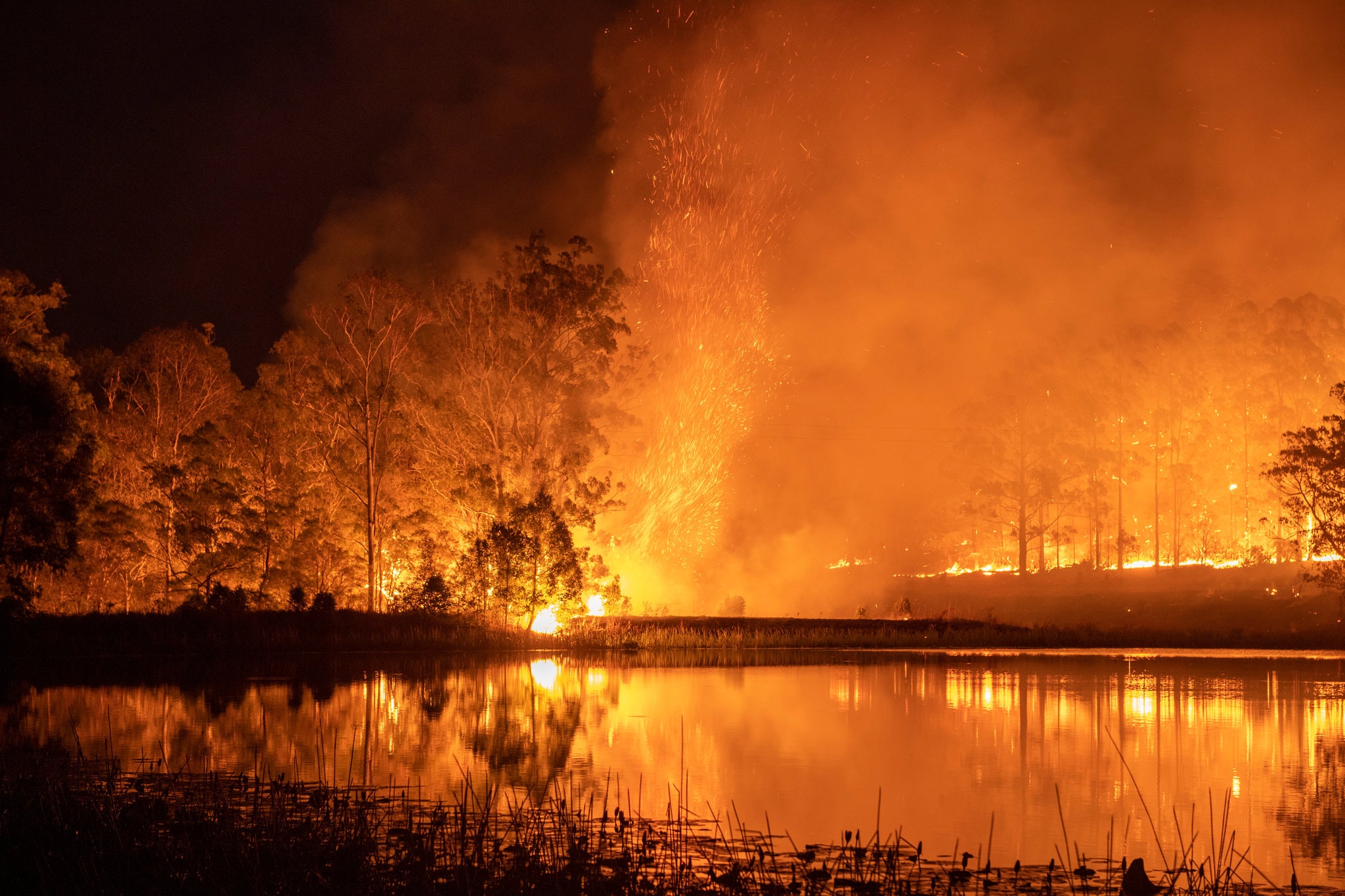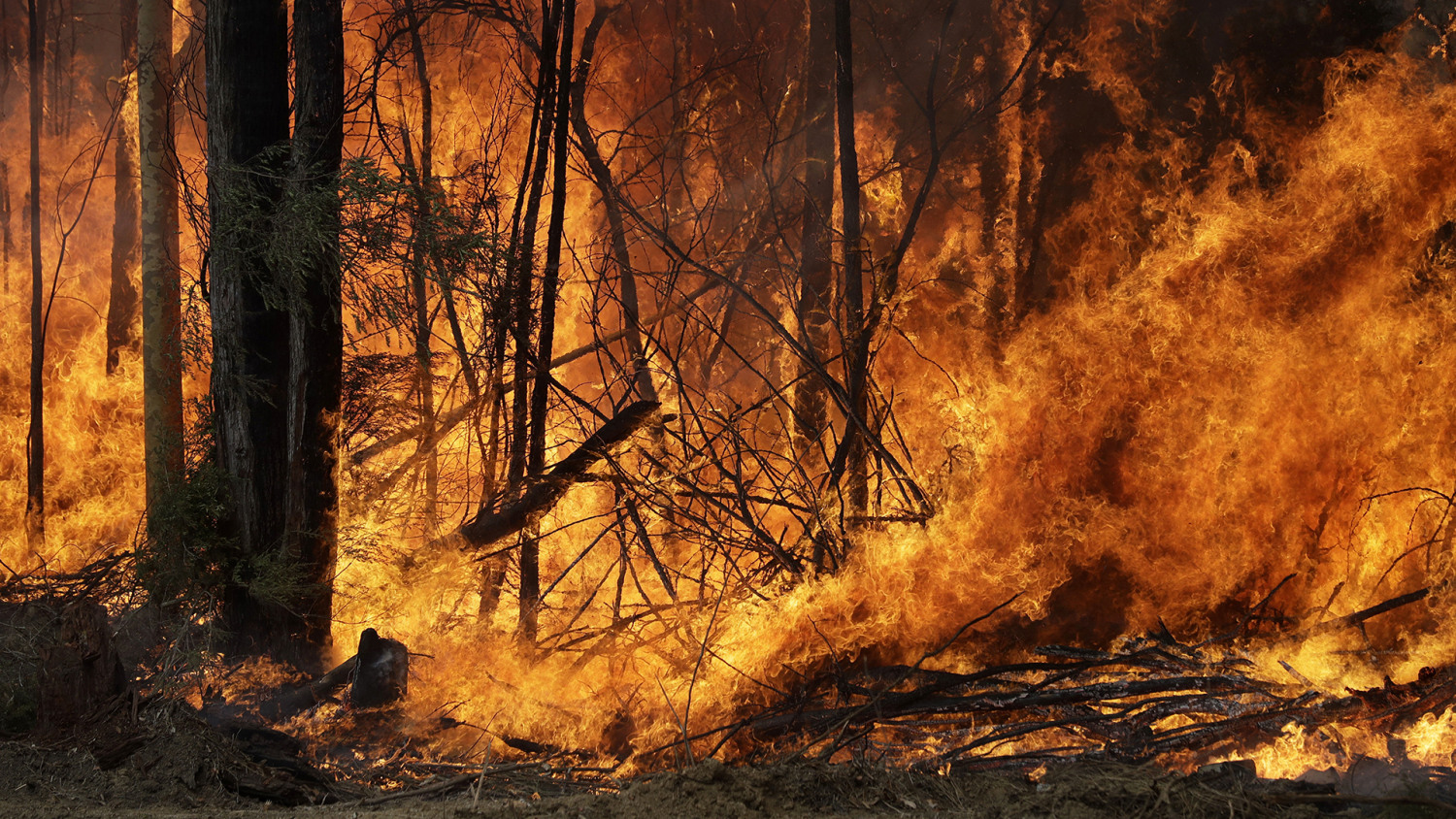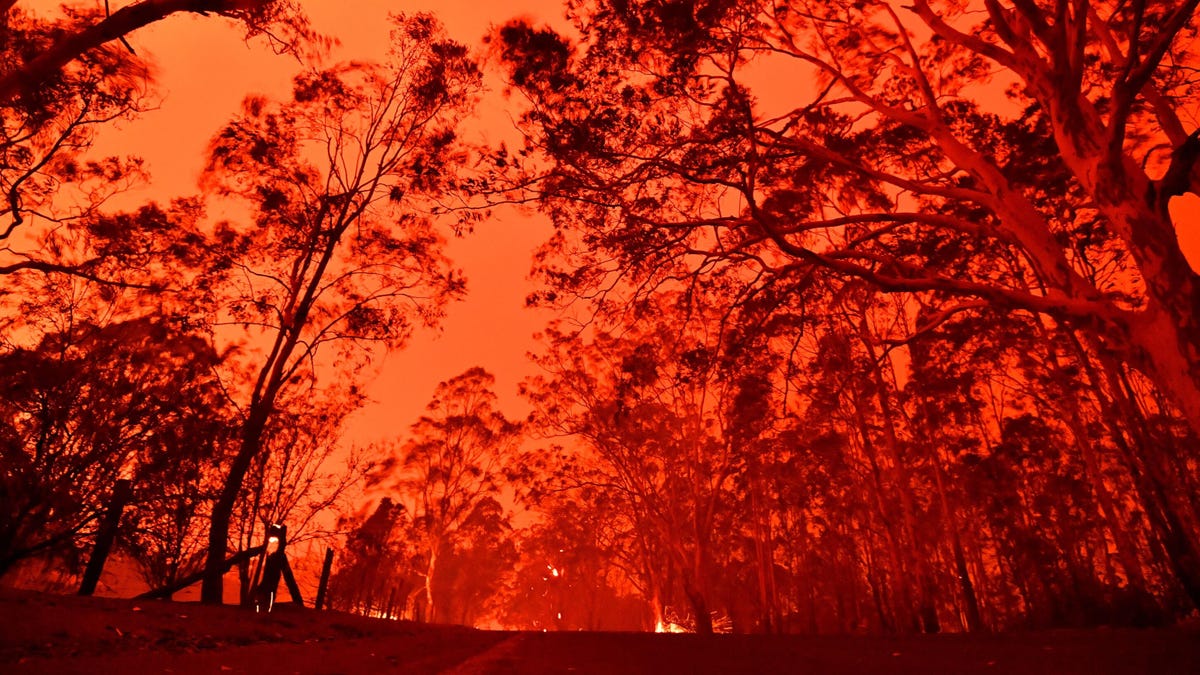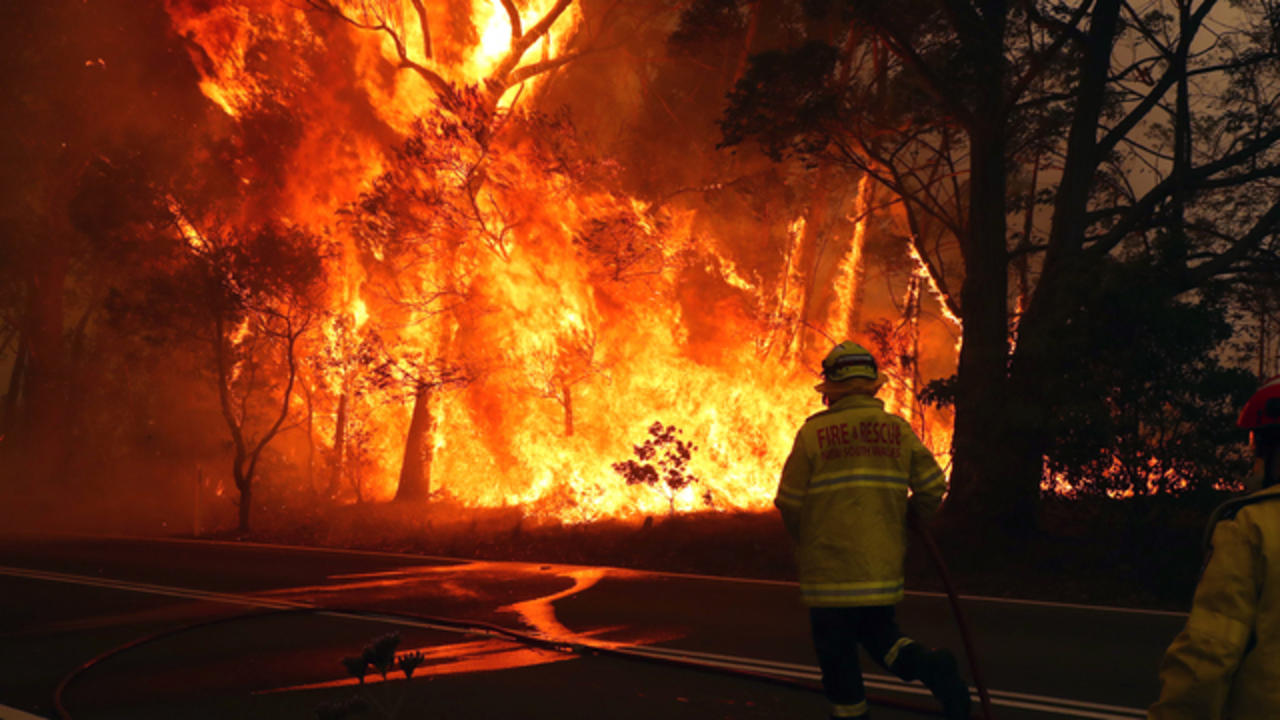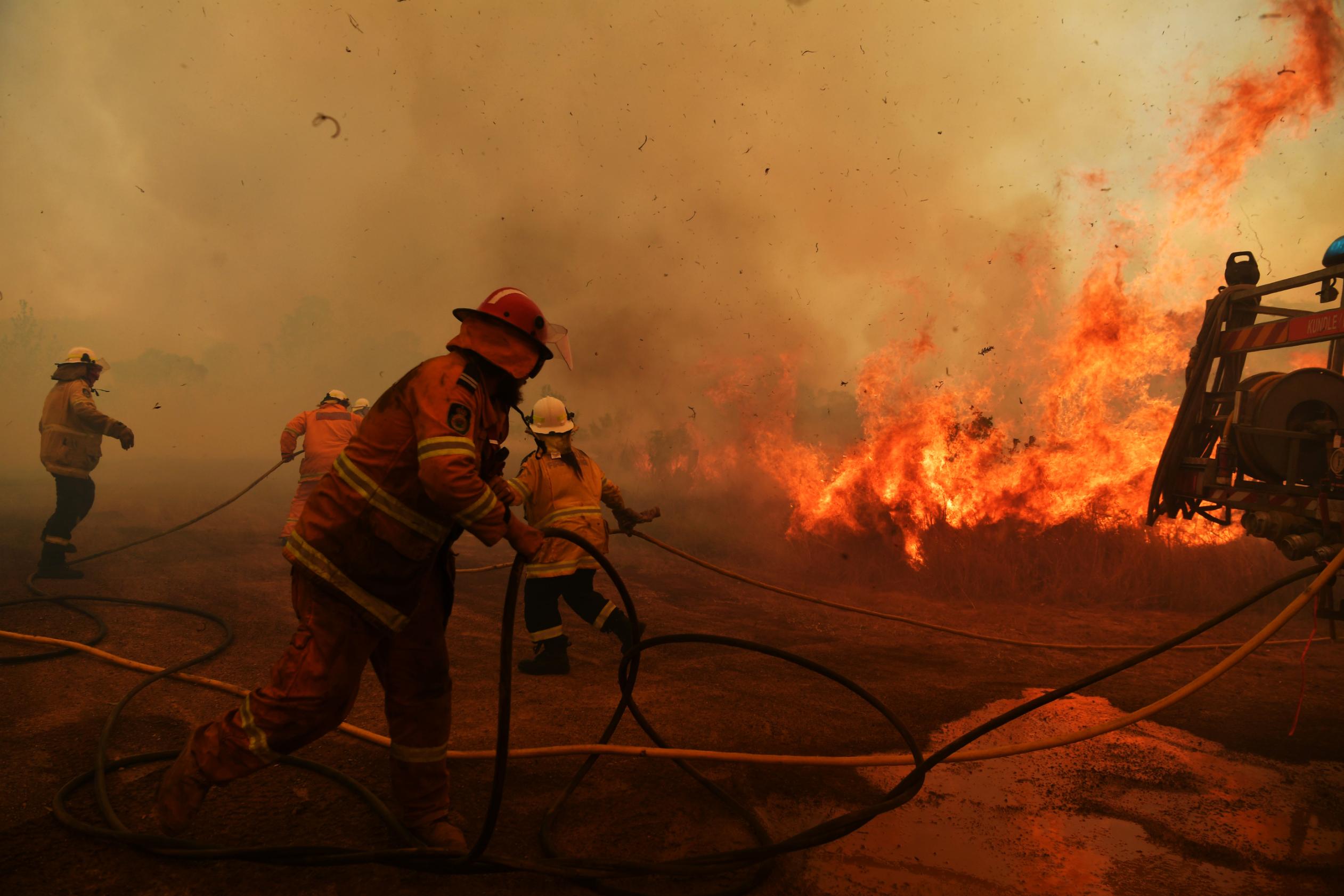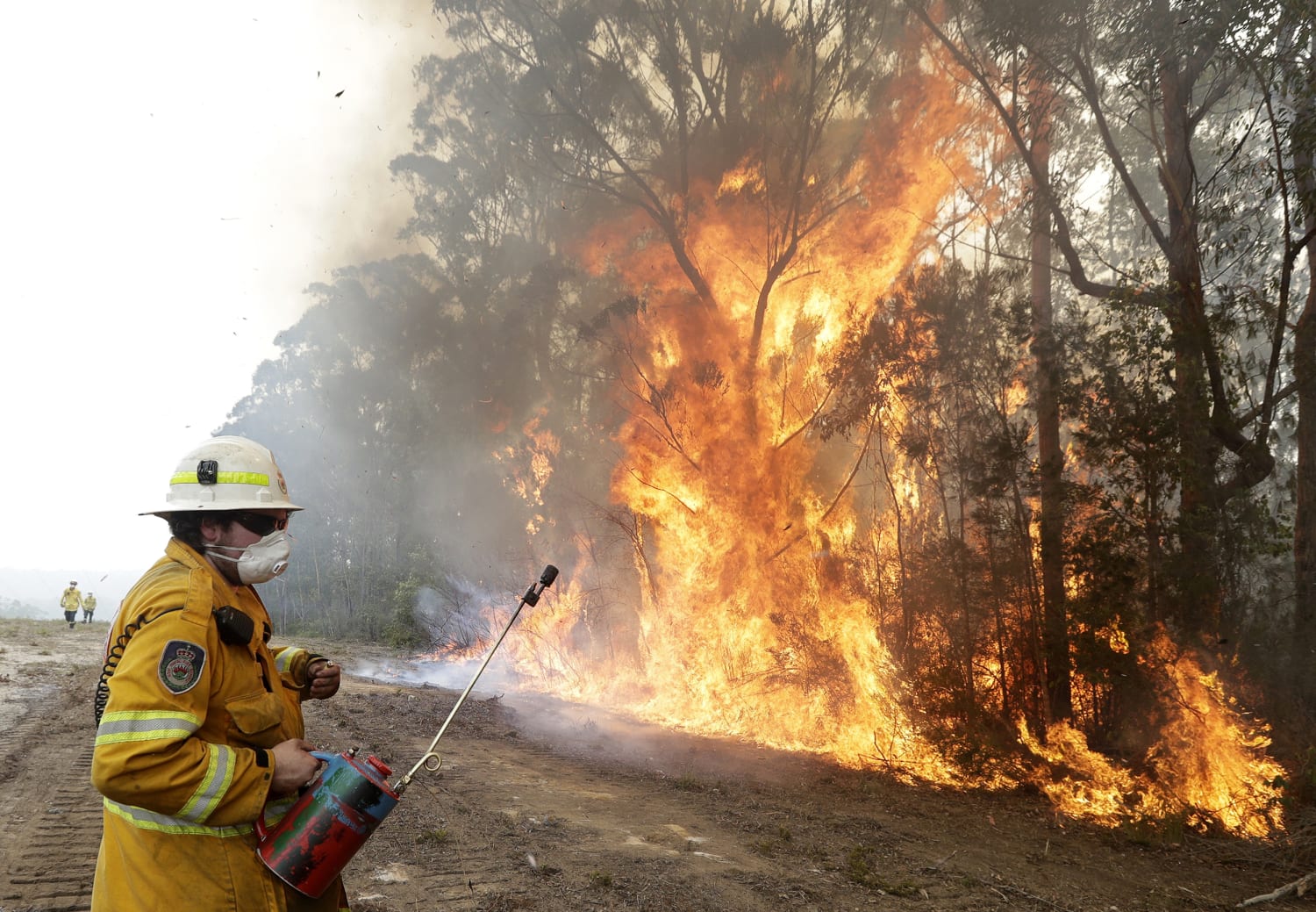Australia Fires Cause And Effect
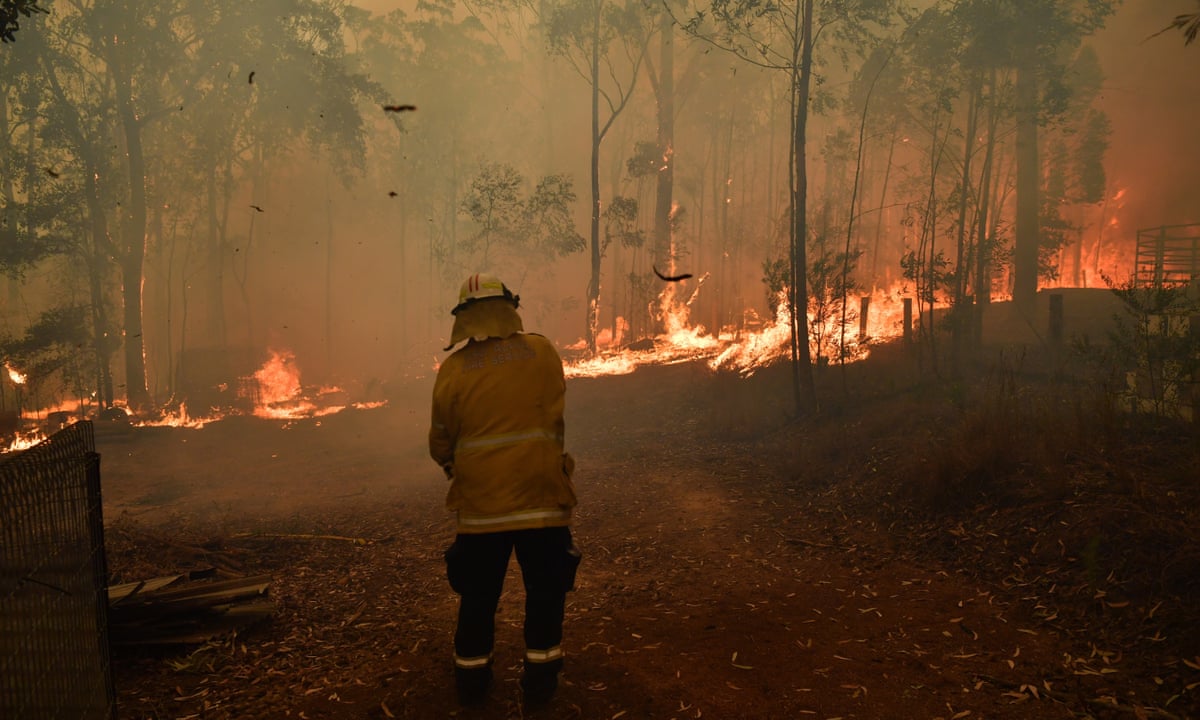
Thunderstorms generated by the Australian bushfires are very likely to have pumped as much smoke into the stratosphere as a volcanic eruption.
Australia fires cause and effect. Fires are usually caused by lightning strikes or accidentally by a spark - but some fires are also started deliberately. Equipped with torches humans burned forests to drive out trap and kill things to eat. 50000 years ago Australian Aboriginals used fire stick farming as a way to hunt large animals.
Some have said that the bushfires in New South Wales and Queensland Australia are a regular natural occurrence. Medical bills from the fires and smoke haze could also run into the hundreds of millions. Hotter conditions mean a longer fire season leading to more dangerous bushfires and.
It is becoming more dangerous to fight fires in Australia. Image source Getty Images image caption Sydney has been covered by thick. The fire season has lengthened so substantially that it has already reduced opportunities for fuel reduction burning.
Deliberately lighting fires or arsonists are increasing and form 25 of the ignitions of Australia. When wind speeds are below this threshold fires with heavy fuel loads burn slowly. Cause Impact and Restoration With evidence that climate change is causing Earths temperatures to rise we are seeing fires around the world increase and occur in areas that have not historically experienced them.
The impact of the devastating bushfires on Australias tourism industry is expected to cost the industry hundreds of millions of dollars while the images of smoke and fire carried worldwide are expected to be a deterrent to international visitors. Large pyrocumulonimbus storms above the fires in Australia are acting like chimneys shooting smoke high into the air as if they were volcanic eruptions or nuclear explosions. Accidental causes such as unattended campfires contribute to a minor portion.
Spotting can occur up to 30km downwind from the fire front. There is a threshold wind speed of around 12 to 15kmh which makes a significant difference in the behaviour of bushfires in the open. A longer fire season.
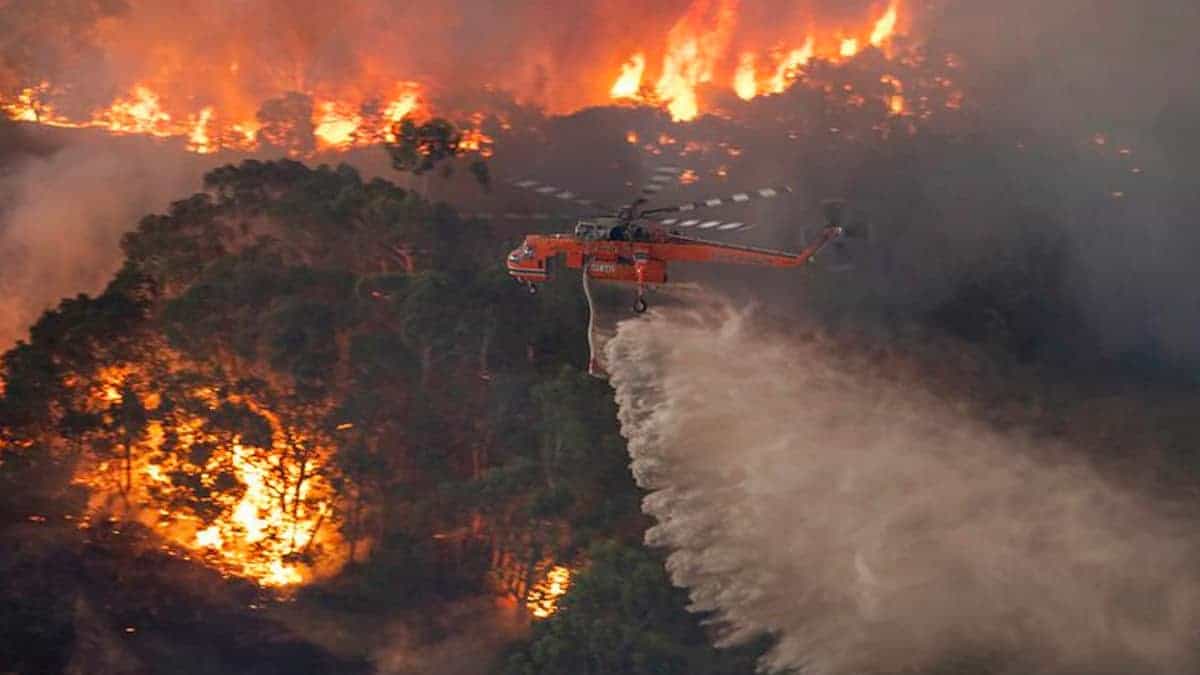


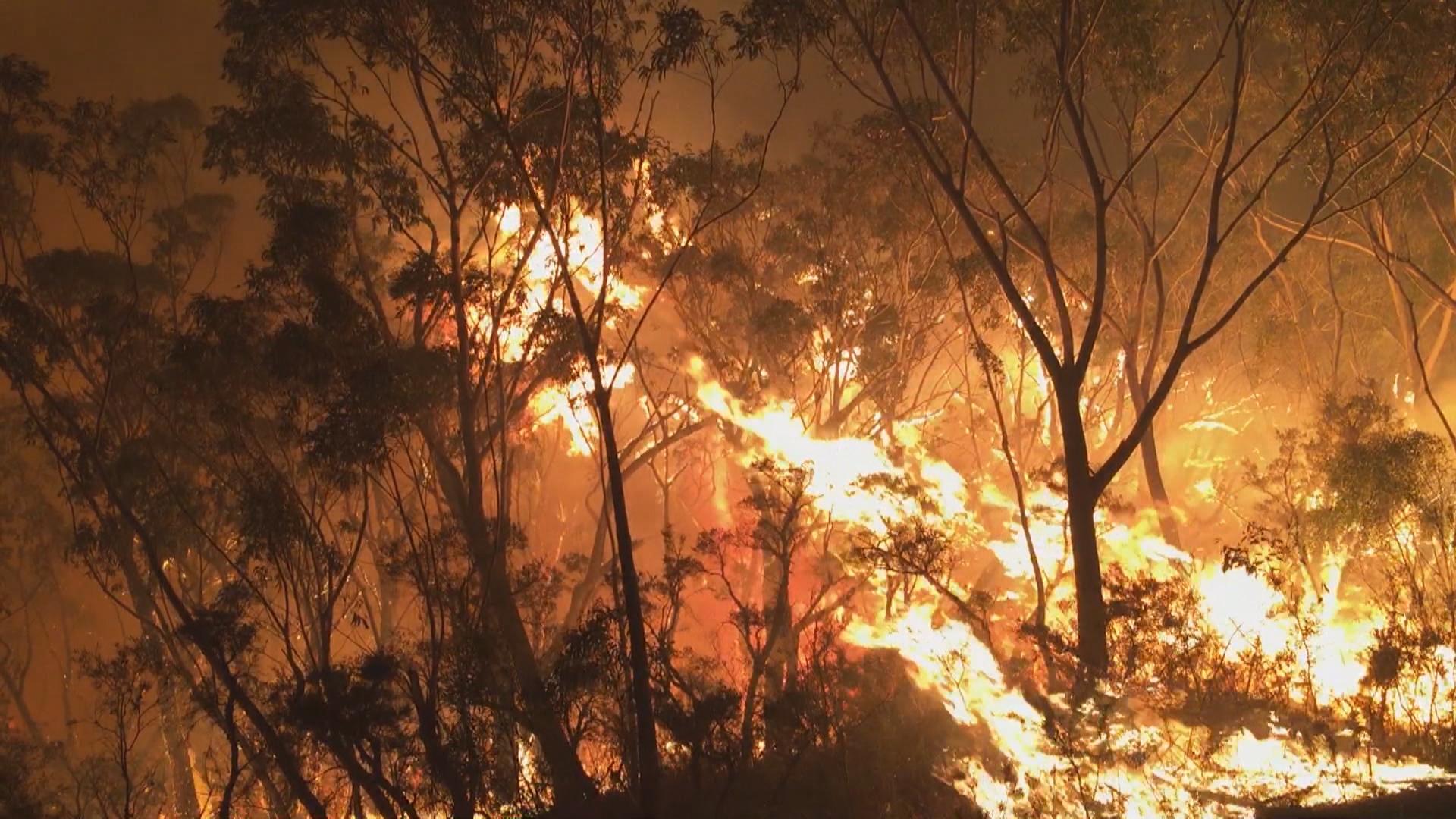




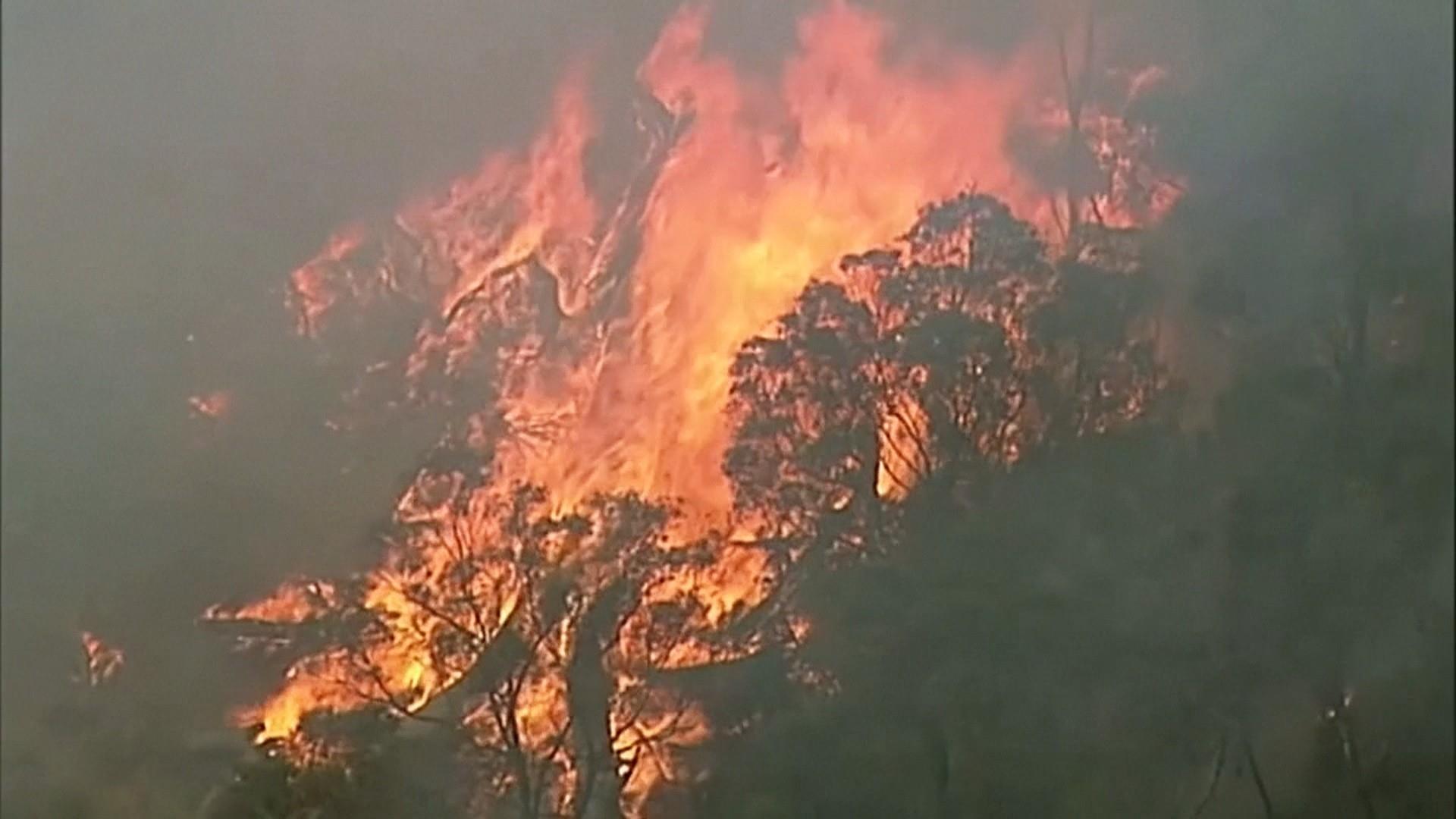
/cdn.vox-cdn.com/uploads/chorus_asset/file/19572798/1195172348.jpg.jpg)
